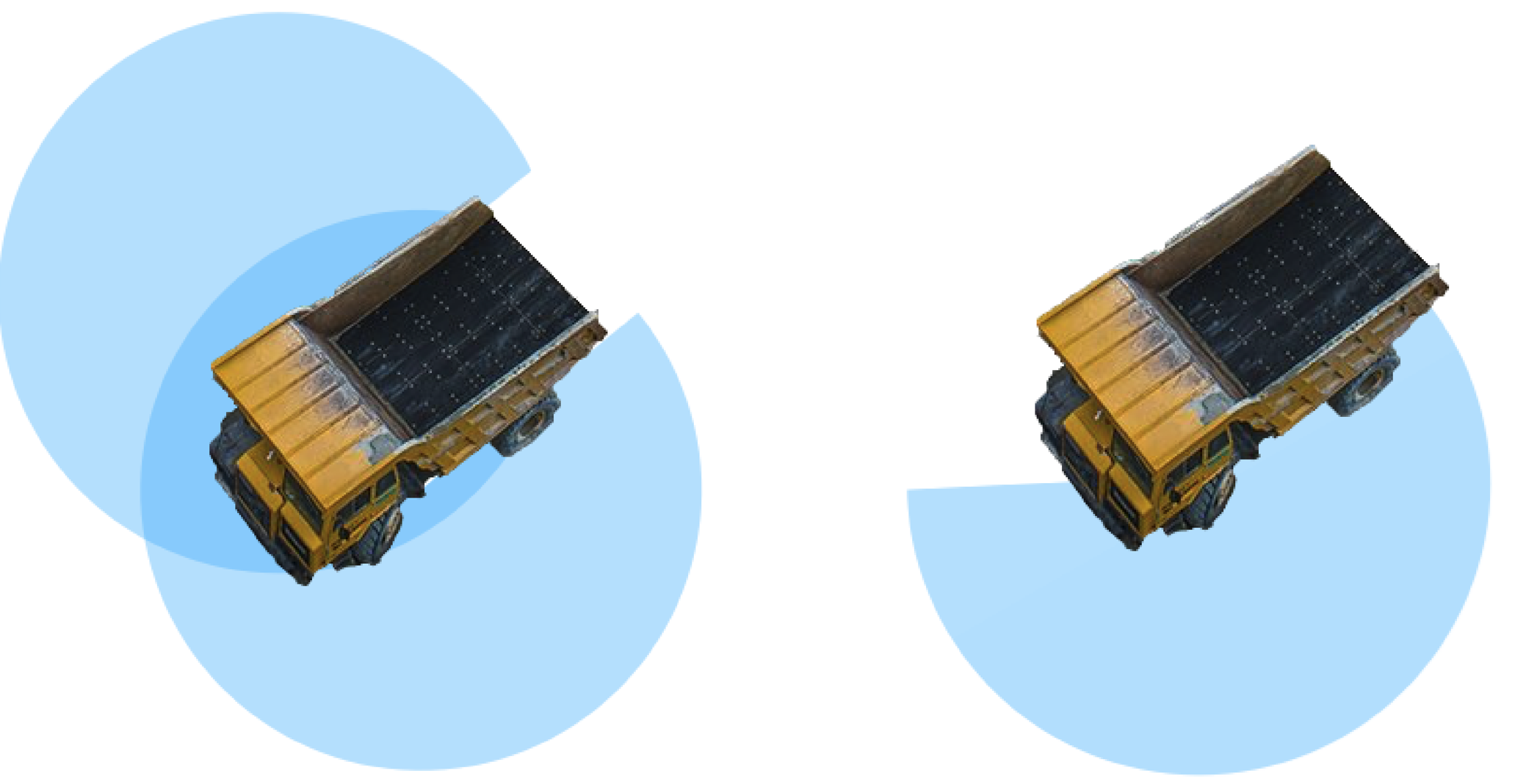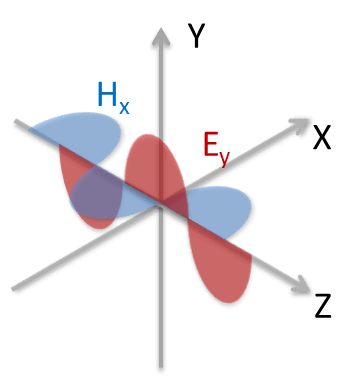What is MIMO Technology?
Multiple Input, Multiple Output (MIMO) is a wireless technology that employs multiple transmitters and receivers to send and receive more data simultaneously. This technology is a cornerstone of modern wireless communications, including Wi-Fi, LTE, and 5G networks. By utilizing multiple antennas at both the transmitter and receiver ends, MIMO can significantly increase the capacity, reliability, and range of wireless communication systems.

Benefits of MIMO in Mining Operations
In mining operations, robust and reliable wireless communication is crucial. Particularly those leveraging fleet management, telematics, teleremote operation, autonomy, and related digital applications on haul trucks, shovels and drills. MIMO technology offers several benefits for improving wireless network performance in such environments:
- Increased Data Throughput: MIMO systems can transmit multiple data streams simultaneously, effectively multiplying the data rate without requiring additional bandwidth. This is particularly beneficial for high-bandwidth applications such as real-time video monitoring and large data transfers between fleet vehicles and dispatch control centers.
- Enhanced Signal Reliability: Mining environments are often challenging for wireless communications due to obstacles like large machinery, rocks, and varying terrain. MIMO technology leverages multiple antennas to overcome these obstacles, providing more reliable connections and reducing the likelihood of signal drops.
- Improved Coverage: By utilizing multiple antennas, MIMO can improve signal coverage across the mining site. This ensures that even the most remote or obstructed areas receive adequate network coverage, crucial for ensuring seamless communication with all fleet vehicles and equipment.
- Better Spectral Efficiency: MIMO systems can use the available spectrum more efficiently, which is vital in environments where spectrum availability may be limited. This allows mining operations to make the most out of their allocated spectrum resources, supporting more devices and higher data rates.
Leveraging MIMO Performance with Proper Antenna Selection
To fully exploit the benefits of MIMO technology in mining operations, proper antenna selection is essential. Here are key considerations:
- Antenna Type: Choose antennas designed for MIMO operations, typically featuring multiple ports for multiple data streams. Sector antennas, panel antennas, and omnidirectional antennas are common choices, depending on the specific coverage requirements.
- Antenna Placement: Proper placement of antennas is critical to maximize MIMO performance. In mining environments, antennas should be placed to minimize obstructions and maximize line-of-sight with the mobile equipment. Elevated positions on towers or high points around the site are often effective. On vehicles, it’s critical to mount omnidirectional antennas on both sides of the vehicle. This eliminates potential RF shadows from the large body of the vehicle, but just as important, it creates spatial diversity, which is a key component of MIMO in outdoor environments.

- Antenna Polarization: Dual-polarized antennas can transmit and receive signals on two different polarizations (typically horizontal and vertical). This is another way to create signal diversity, when combined with spatial diversity, it can create an extremely robust MIMO signal, ensuring the highest speeds, greatest range and coverage.
- Environmental Considerations: Antennas should be rugged and weatherproof to withstand the harsh conditions typical of mining operations. Dust, vibration, and extreme temperatures can impact performance if not adequately addressed.
MIMO in Outdoor vs. Indoor Environments
MIMO technology operates differently in outdoor and indoor environments due to varying conditions and challenges.
Indoor MIMO
- Multipath Propagation: Indoors, signals often reflect off walls, ceilings, and other surfaces, creating multiple paths for the signal to travel from the transmitter to the receiver. MIMO systems can exploit this multipath propagation to enhance signal strength and reliability.
Outdoor MIMO
- Line-of-Sight Challenges: Outdoor environments, especially in mining, present significant line-of-sight challenges due to obstacles like large equipment, hills, and buildings. MIMO must overcome these to maintain reliable communication.
- Environmental Factors: Outdoor MIMO systems must contend with varying weather conditions, including rain, wind, thermal ducting, and dust, which can affect signal propagation and equipment performance.
Overcoming Outdoor MIMO Challenges with Spatial and Polarity Diversity
To address the unique challenges of outdoor MIMO in mining operations, two key techniques are employed: spatial diversity and polarity diversity.
Spatial Diversity
Spatial diversity involves using multiple antennas spaced apart from each other. This technique can improve signal quality and reliability in several ways:
- Multiple Signal Paths: Having antennas in different locations on a vehicle allows you to leverage the same multipath capabilities used in indoor MIMO. This is called spatial diversity. By ensuring two or more distinct streams arrive at each antenna, slightly out of phase from each other, it enables a MIMO radio to distinguish each unique stream so they can be combined into a stronger and faster data stream.
- Reduced Interference: Spatially diverse antennas can help mitigate physical interference (obstructions) from machinery and other sources, improving overall network performance.
Polarity Diversity
Polarity diversity, commonly referred to as dual polarity, involves using antennas that can transmit and receive signals on two different polarizations (horizontal and vertical). This provides several benefits:

- Improved Signal Robustness: Different polarizations can reduce the impact of signal fading and interference, as the likelihood of both polarizations being equally affected is low.
- Increased Capacity: Dual-polarized antennas effectively double the capacity of the communication link by allowing two distinct data streams to be transmitted and received simultaneously without creating self interference.
Conclusion
MIMO technology is a powerful tool for enhancing wireless network performance in mining operations, particularly for fleet management and related digital applications in mining mobile machinery. By leveraging multiple antennas, MIMO increases data throughput, improves signal reliability, and extends coverage. Proper antenna selection, considering type, placement, polarization, and environmental factors, is crucial to maximizing MIMO benefits. Understanding the differences between how indoor and outdoor MIMO function and employing spatial and polarity diversity techniques can help overcome the unique challenges of outdoor environments, ensuring robust and reliable communication across the mining site.






